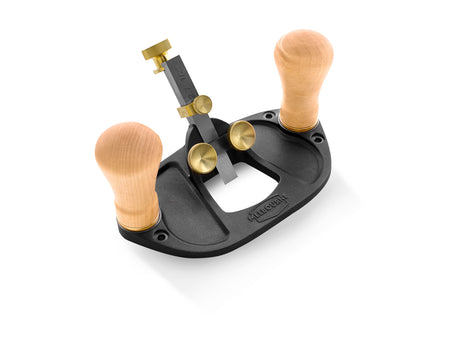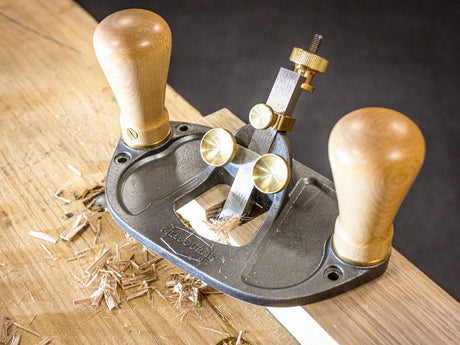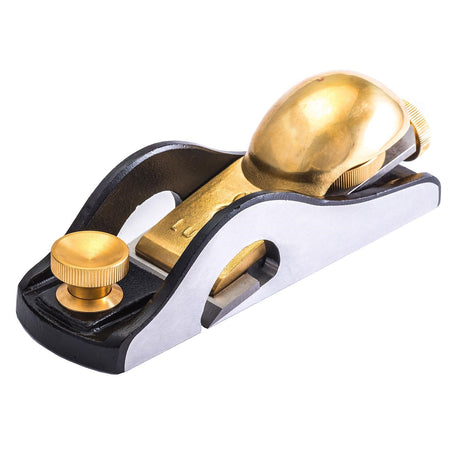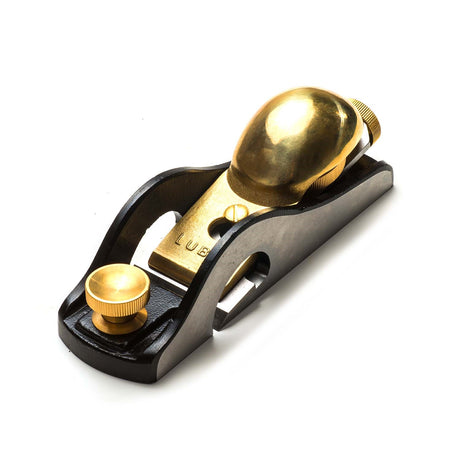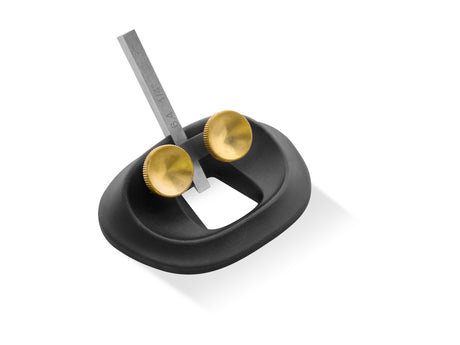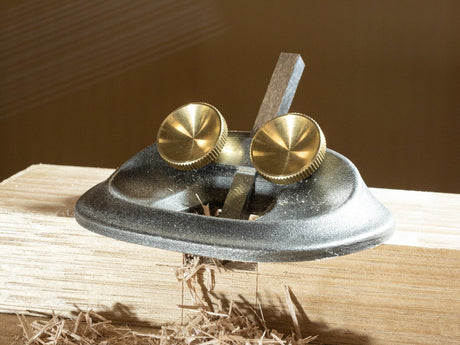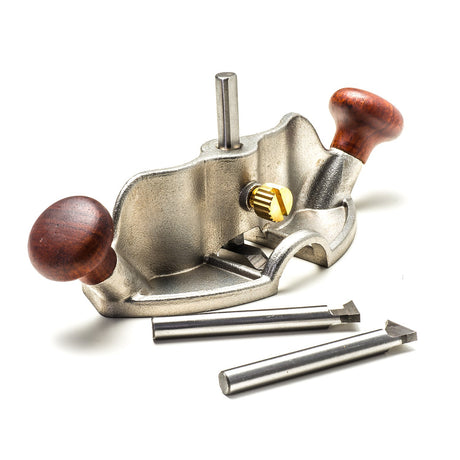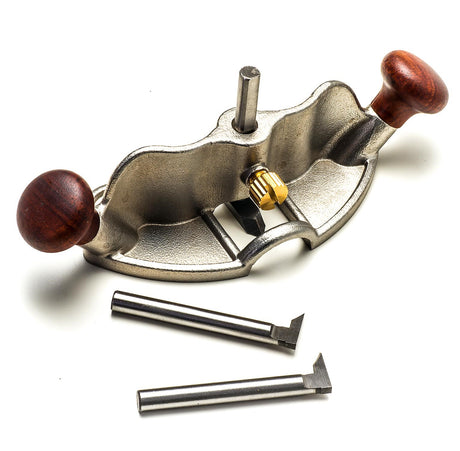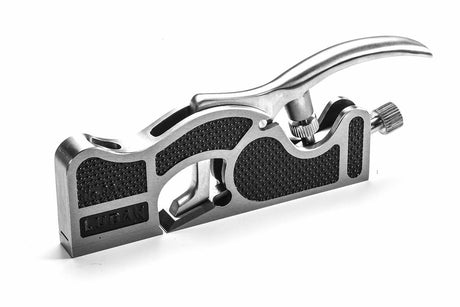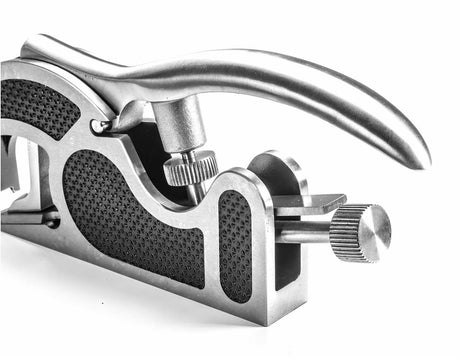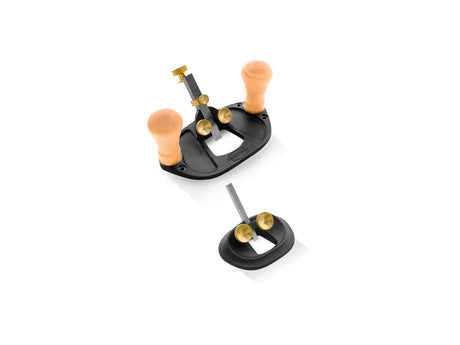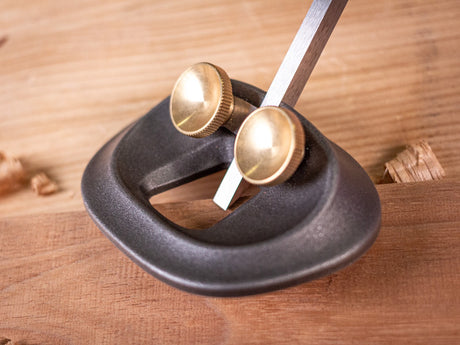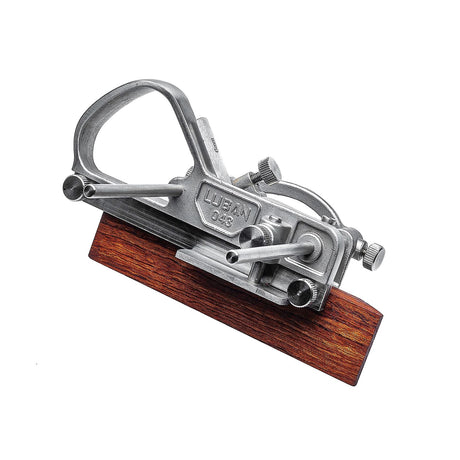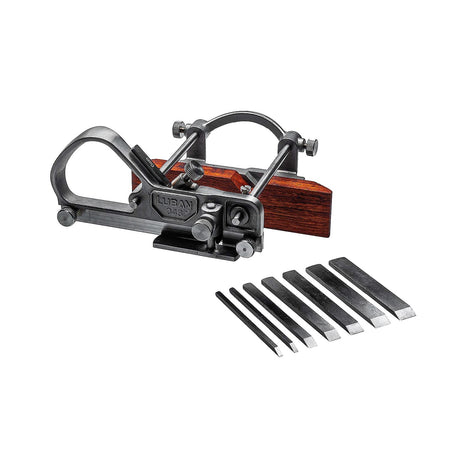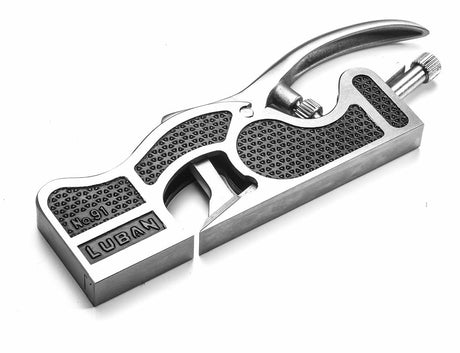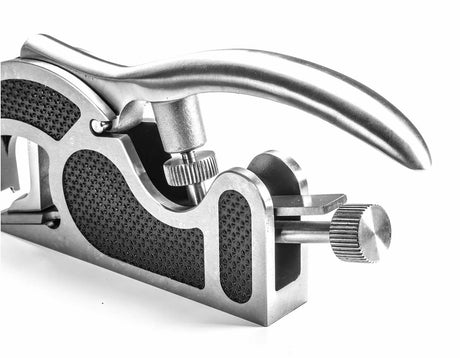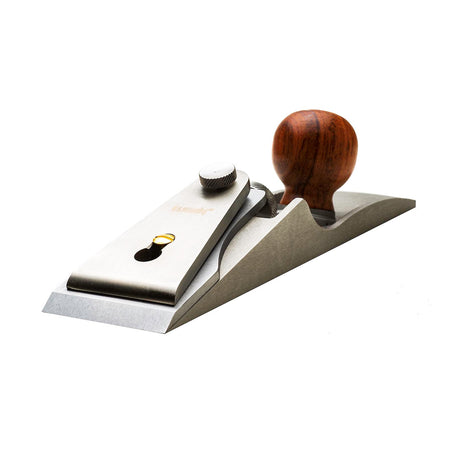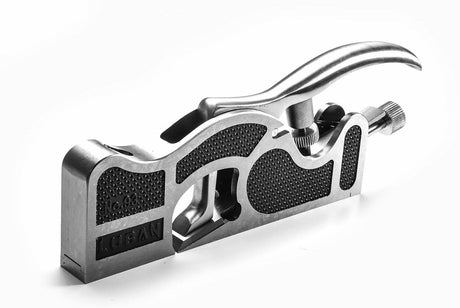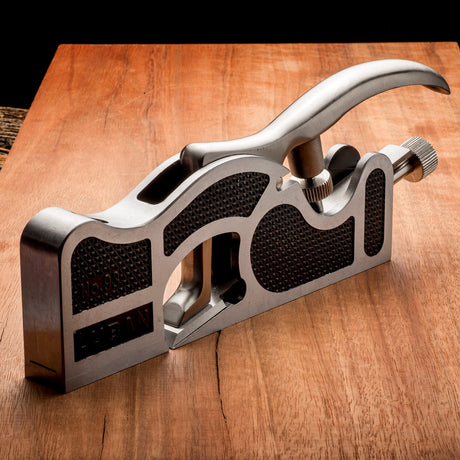Melbourne Tool Company
Melbourne Tool Company Large Router Hand Plane Grooving Tool
$212.00$249.00Unit price /UnavailableIn stockLuban
Luban Knuckle Cap Rebate Block Hand Plane
$127.00$149.90Unit price /UnavailableVery low stock (4 units)Melbourne Tool Company
Melbourne Tool Company Small Router Hand Plane Grooving Tool
$101.00$119.00Unit price /UnavailableLuban
Luban Small Router Plane with Three Metric Blades
$107.00$125.90Unit price /UnavailableIn stockLuban
Luban Spoon Carver's Plane Bronze Wood Carving Tool
$40.90$47.90Unit price /UnavailableIn stockLuban
Luban No. 2 Medium Shoulder Hand Plane 180 x 20mm
$179.90$239.90Unit price /UnavailableIn stockMelbourne Tool Company
Melbourne Tool Company Set of Two Small & Large Router Hand Planes
$294.00$368.00Unit price /UnavailableLuban
Luban No. 1 Small Shoulder Hand Plane 135 x 13mm
$160.00$199.90Unit price /UnavailableIn stockLuban
Luban No. 3 Large Shoulder Hand Plane 210 x 25.4mm
$269.90$349.90Unit price /UnavailableIn stock
Specialty Chisel, Rebate, Shoulder and Plough Planes for Detailed Joinery
Specialty planes such as chisel, rebate, shoulder, and plough planes are designed to tackle precise and often intricate joinery tasks that standard hand planes cannot address. These tools give woodworkers the control and finesse needed to clean up joinery, trim end grain, and create grooves or rebates to exacting tolerances. Their functionality is indispensable in cabinetry, furniture making, box construction, and fine instrument work.
Chisel planes feature an open throat design with the blade extending to the front of the body, making them ideal for flushing tenons, trimming glue lines, or reaching into corners where no other plane can go. Rebate planes (also called rabbet planes) have a full-width blade that allows for trimming rebates and shoulders cleanly and consistently. Many rebate planes include adjustable fences and depth stops, which aid in repeatable cuts. Shoulder planes, on the other hand, have a narrower body and blade that extends to both edges, making them perfect for tuning tenon shoulders and cleaning up corner joints where accuracy is critical.
Plough planes are uniquely designed for cutting grooves and dados with extreme precision. Fitted with a depth stop and adjustable fence, they use narrow blades (usually between 3–10mm) to carve consistent channels, commonly used in drawer bottoms, panel assemblies, or carcass construction. High-end models may allow for conversion between left- and right-hand configurations, or feature skewed irons for smoother cuts in cross-grain scenarios.
All of these specialty planes benefit from precision engineering—flat soles, robust body materials (typically cast iron or steel), and finely honed blades. Bevel-up configurations are common in chisel and rebate planes, while shoulder planes often use a bevel-down layout with a bed angle around 20°. For best results, blades should be sharpened to a fine edge and corners slightly eased to avoid dig-in. These planes are purpose-built instruments, and while they may not see daily use, they are essential when accuracy, clean joints, and flush finishes are non-negotiable.
FAQs
What is the difference between a chisel plane and a shoulder plane?
A chisel plane has no front sole and cuts flush right up to the edge, ideal for cleaning corners or glue lines. A shoulder plane has a sole and full-width blade exposed on both sides, perfect for trimming tenon shoulders and rebates with high accuracy.
When should I use a rebate plane?
Use a rebate plane when trimming or creating rebates (rabbets) along the edge of a board. Its full-width blade allows for shoulder-to-wall trimming and fine-tuning joinery, especially in door or frame work.
How does a plough plane differ from other specialty planes?
Plough planes are specifically made to cut grooves and dados. Unlike shoulder or rebate planes, they use narrow irons and an adjustable fence and depth stop to produce consistent slots, often used for drawer bottoms or panel construction.
Can a shoulder plane be used on end grain?
Yes. Shoulder planes are designed for end grain work and excel at trimming tenon cheeks and shoulders thanks to their low bedding angle and fully supported iron. They leave clean, crisp surfaces when set up correctly.
Do rebate planes work with or against the grain?
Rebate planes typically work best with the grain. However, models with skewed irons can handle cross-grain cuts more smoothly, reducing tear-out. Always test the grain direction on scrap before making final cuts.
What size grooves can a plough plane cut?
Most plough planes come with a range of blade widths from 3mm to 10mm, allowing for various groove sizes. Some models also offer wider irons or conversion kits for expanded use in drawer or cabinet making.
Should I camber the blade on a rebate or shoulder plane?
No. Unlike smoothing planes, the blades on rebate and shoulder planes should be ground straight across to maintain clean edges. Lightly easing the corners is acceptable to reduce the chance of nicking adjoining surfaces.
Can these planes replace a router or table saw for joinery?
They can perform many of the same tasks with greater finesse but require more time and skill. For fine joinery, especially where machine access is limited or unnecessary, these planes offer superior control and surface finish.
Are these planes suitable for left-handed users?
Some plough and rebate planes are available in left-handed or ambidextrous designs. If you're left-handed, look for tools with reversible fences or handles for better ergonomics and control.

